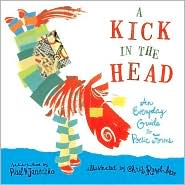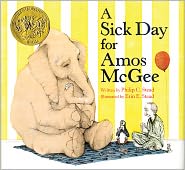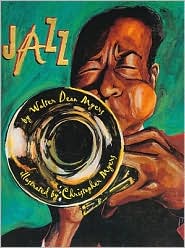Poems by Young People
Compiled by: Sanford Lyne
Illustrated by: Julie Monks
Lyne, Sandford, and Julie Monks. Soft hay will catch you: poems by young people. New York: Simon & Schuster Books for Young Readers, 2004.
ISBN: 0689834608
Summary
Soft Hay will Catch You is a thoughtful book of poetry that any person can relate to. Compiled by Stadford Lyne each poem will touch adults or young adults minds. This entire book of poetry was written by young people and every piece is written with perspective and insight into their life. Lovely and poignant the reader will get lost in the thoughts of the individual who wrote it and just might say “I remember feeling like that, once.” Poems of loneliness being forgotten and indifference fill the pages of this honest and truthful collection. Beautifully written, the reader will be able to tell that much revising was done by young people to make each piece perfect.
The illustrator Julie Monks has managed to draw pictures that encompass many of the moods of this collection of poetry. She used many earth tone colors in the illustrations to convey much of the melancholy mood through out the book. The pictures are beautiful, just like the poetry.
REJECTED
My friend crossed the creek
without me this morning.
Oh how much I wanted to be a rainbow
full of bright colors
So I would be noticed
but instead I was a girl
just a girl.
--Elizabeth Thompson
Grade 5
Poem Introduction
Some of the poetry in this book will be great for Bullying Week in the schools! This poem will have all of the 4th and 5th graders talking about being accepted and how much it stinks to feel like this young girl in the poem.
As a teacher I would read the poem and have the students think about what the girl means. Would it be better to be a rainbow? and why? Is it better to be brighter colored than a friend?
A teacher could easily change the word to boy for those students who are having problems connecting with this poem.
This poem could open the door for an open dialogue on acceptance and sometimes without knowing we could make friends feel ostracized.
Summary
Soft Hay will Catch You is a thoughtful book of poetry that any person can relate to. Compiled by Stadford Lyne each poem will touch adults or young adults minds. This entire book of poetry was written by young people and every piece is written with perspective and insight into their life. Lovely and poignant the reader will get lost in the thoughts of the individual who wrote it and just might say “I remember feeling like that, once.” Poems of loneliness being forgotten and indifference fill the pages of this honest and truthful collection. Beautifully written, the reader will be able to tell that much revising was done by young people to make each piece perfect.
The illustrator Julie Monks has managed to draw pictures that encompass many of the moods of this collection of poetry. She used many earth tone colors in the illustrations to convey much of the melancholy mood through out the book. The pictures are beautiful, just like the poetry.
REJECTED
My friend crossed the creek
without me this morning.
Oh how much I wanted to be a rainbow
full of bright colors
So I would be noticed
but instead I was a girl
just a girl.
--Elizabeth Thompson
Grade 5
Poem Introduction
Some of the poetry in this book will be great for Bullying Week in the schools! This poem will have all of the 4th and 5th graders talking about being accepted and how much it stinks to feel like this young girl in the poem.
As a teacher I would read the poem and have the students think about what the girl means. Would it be better to be a rainbow? and why? Is it better to be brighter colored than a friend?
A teacher could easily change the word to boy for those students who are having problems connecting with this poem.
This poem could open the door for an open dialogue on acceptance and sometimes without knowing we could make friends feel ostracized.







